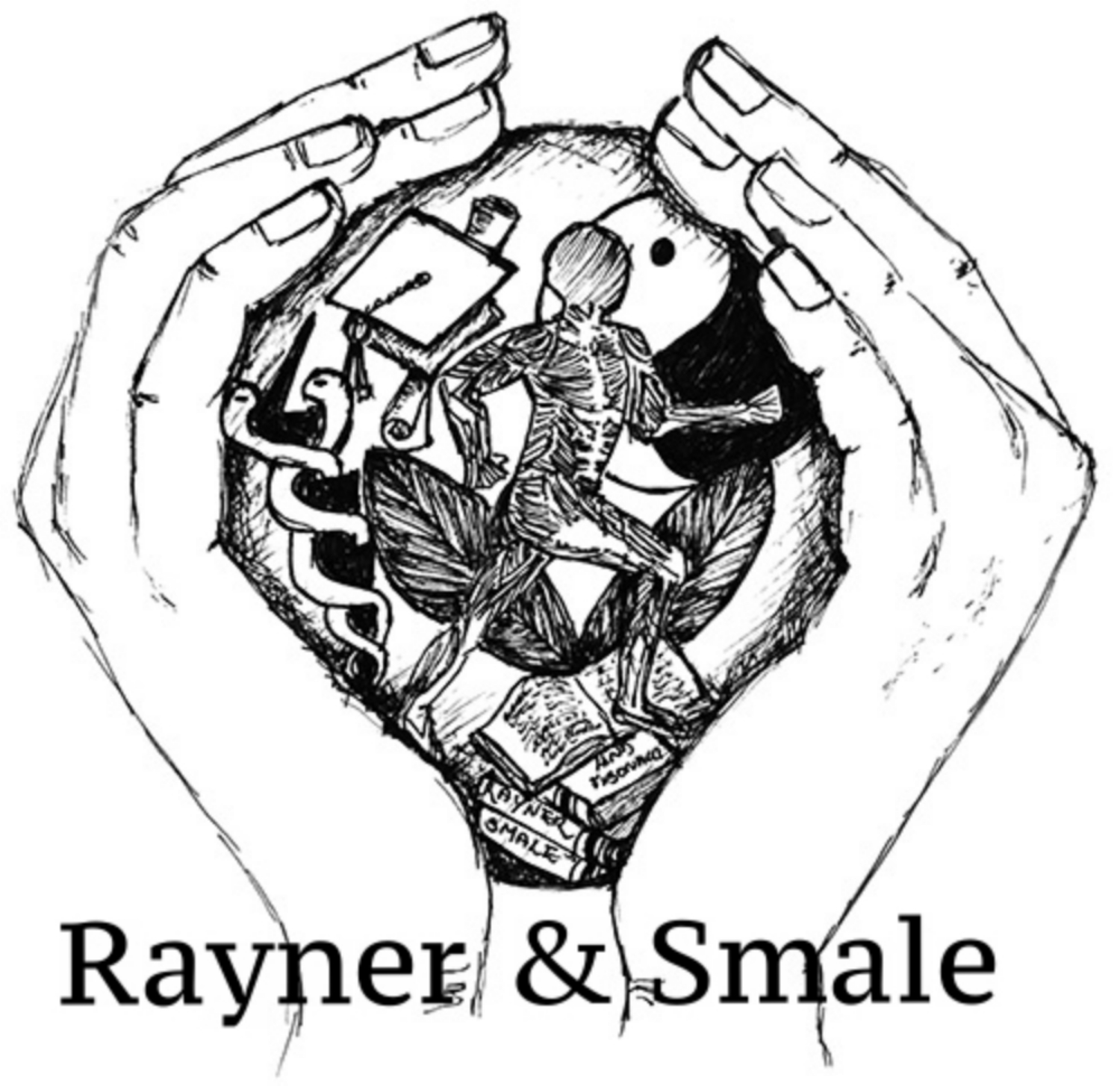Managing patients with musculoskeletal pain disorders
Let me begin by saying – I wish a resource like this existed when I was going through school. Over the years I have spent considerable time trying to improve my own understanding of the best way to approach the management of musculoskeletal pain disorders (MPD) and how to integrate evidence with clinical practice. Often, I felt that I needed a framework to guide me, but lacked a resource that cumulated all the current evidence and practice approaches I had been taught.
In 2018, a group of highly skilled Physiotherapists in Western Australia, collaborated to produce a very special ebook.
“This framework was originally developed to assist clinical teaching on the undergraduate and post-graduate Physiotherapy Clinical Masters programs” (Mitchell, et al., 2018, p.6).
“This book has been written to provide health care practitioners with a contemporary perspective on the management of individuals with musculoskeletal pain disorders” (Mitchell, et al., 2018, p.7).
I was so excited to hear about this book being published and couldn’t wait to read it. This blog is a review of this ebook.
The framework includes:
Individual’s perspective
Diagnosis
Stage of the disorder
Pain features
Psychosocial considerations
Work considerations
Lifestyle considerations
Whole person considerations
Functional behaviours
Clinical decision making
Man, our job is difficult! We have to assess the variables in each of these categories and piece together a puzzle to truly understand the problem. One reason for the lack of translation of EBP into multi-dimensional care is the “tendency towards a reductionist biomedical focus” in our teaching programs (Mitchell, et al., 2018, p.10).
Ask yourself: what are the influencing factors in the development, maintenance, and resolution of someone’s pain? If you need help deciphering these factors, then this framework is going to help clear up some of the confusion. It has the capacity to teach students how to become clinicians who really understand how to apply the biopsychosocial approach to patient care.
It can’t be don’t quickly.
It can’t be rote learnt.
We need to focus on management > treatment to fix a problem.
“Understanding the complex interactions between these dimensions, and understanding what to do with that knowledge, is challenging for clinicians especially when conditions persist” (Mitchell, et al., 2018, p.11). To apply this framework to clinical practice clinicians need an understanding of basic science of the elements, an understanding of the connectedness of elements, identify elements which are individual to each presentation, prioritize contributing factors, match management to contributing factors and acknowledge contextual sensitivity.
Where do we begin? We need to change our focus of assessment to developing a patient profile, not providing a diagnostic label.
Individual perspective:
It starts here – actually listening to the patient’s story about the problem they are presenting with.
“Tell me about the problem that brings you here today.”
Impact - how is this problem impacting you? Understanding the problem from the individual’s perspective helps with person-centered goal setting. “Focus on capacity rather than incapacity” (Mitchell, et al., 2018, p.18).
Diagnosis:
Identify red flags – “this represents a critical step in the safe delivery of care, protecting both the individual and the clinician” (Mitchell, et al., 2018, p.20).
Make the distinction between specific and non-specific musculoskeletal pain disorders. Often giving the label of a non-specific pain disorder is unhelpful and poorly received – this is definitely an area where we as educators can improve our delivery of information to the patient. “Rather, HCPs should communicate to the individual that while there is no serious or structural pathology associated with their presentation, their pain problem is real and valid, and is associated with a range of factors identified within the examination” (Mitchell, et al., 2018, p.22).
Pain features:
Type, characteristics and sensitization. This ebook clearly describes three types of pain - nociceptive, neuropathic and nociplastic. This last term is relatively new to our description of pain types. The continue to explore the characteristics of pain and finish by exploring the meaning of sensitization. Not all sensitization is bad – sensitisation is not always a pathological response. But, when it persists, we can say “the pain is real but biologically unhelpful, as it no longer serves as a useful, protective function” (Mitchell, et al., 2018, p.31)
This is another area for improvement – explaining to patients that “pain is a conscious emergent experience that can and does exist without nociceptive input” (Mitchell, et al., 2018, p.27) so that people don’t hear it’s all in your head. The development of this phrase is one of the biggest undesirable effects resulting from ineffective education about pain and poor choice of working. Pain is real and valid!
Other areas in this framework
Psychosocial considerations (yellow flags)
Work considerations (blue and black flags)
Blue flags – perceptions of work
Black flags – workplace factors
Lifestyle considerations
Level of physical activity, sleep hygiene, diet, smoking and alcohol.
Person considerations
“Pain is a living experience and requires considerations from a whole-person perspective” (Mitchell, et al., 2018, p.37). Looking at other co-morbidities and influencing factors.
Functional behaviours
“Physical manifestations of an individuals pain experience” (Mitchell, et al., 2018, p.39). These included impairments of control and movement impairments, helpful (protective) and unhelpful (provocative) functional behaviours.
It is so exciting to see a framework published, which is designed to help clinicians improve their process of examination, to refine their clinical reasoning process, to highlight areas where our education can lead to a backfire effect, and to ultimately become better educations to patients. Thank you Tim, Darren, Helen & Peter for helping us help other.

